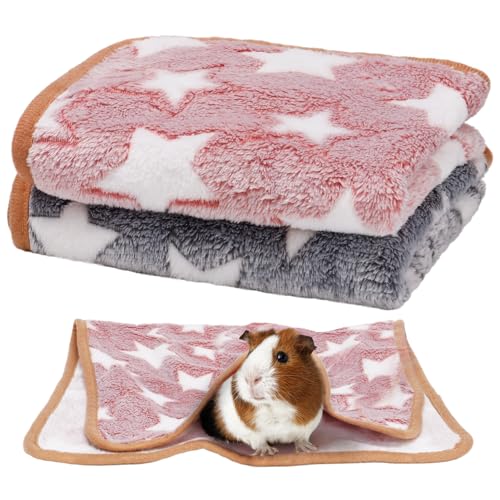Encantadora
LvL Chinchillas
So I was contacted by a woman in charge of outreach at our local zoo. She had seen we had a few rescues for adoption and wanted to inquire about getting some for their education program.
Immediately a few concerns were raised but I went ahead and sent a questionnaire.
I'll let you pick out my concerns for yourself... they were not approved.
"I filled out the form and please let me know if you need anything else. The chinchilla will not be living in a personal home. It will be living in the Education Animal Building at the Zoo and housed with 45 other species.
We are looking to use it in our educational programs. The programs are in controlled environment like a classroom and some petting may be allowed in controlled situations. We do not offer petting Zoos which we get lots of requests for. We have used chinchillas in the past for these programs and they work out great. We have had great success with these animals living to be seniors."
This is a follow-up to the filled out questionnaire.
" Can you tell me more about the diet you offer? Such as what kind of hay and if any other supplements or treats?
We feed Oxbow pellets and Oxbow Hay (usually timothy but other types for enrichment). We also give some produce everyday like sweet potatoes, carrots, apples, greens. We also have a list of approved treats that our Vet approved which included in moderation raisins, sunflower seed, yogurt drops, anything special we buy for them at Nashville Pet Products. Both of the Vets that are on staff of course specialize in exotics and have experience in regular practice as well.
How many stories is the caging? It does sound a bit small for a chin, especially two. Do they have ledges? If so, what are they made out of?
Here is link to the company we use http://cornerslimited.com/stackable.html.
It is pretty standard caging that most Zoos I have visited use. They are a great company, a little expensive. This may not be the exact model we have but it looks similar. The cages are wire bottoms but we have never had problems with them before because they are very well made.
We give them boxes to climb on. There is also a small carrier they can hide in and sleep in and climb on. There are 3 levels but separate, they are stacked.
The cages are large enough to house a regular size rabbit which is what we originally bought them for. It can work for 2 chinchillas but I think we are just interested in 1 chinchilla right now. If we have to get them together we probably can. I have worked here for 15 years and bumble foot has never been a problem for any of our small animals. Our cages are approved by USDA and TWRA and AZA.
Is there anything in the cage for enhancement?
There are plenty of items to climb on and in. We also keep a detailed list of enrichment and so there is something different everyday such as new treats, socialization, new toys, shredded paper, exercise ball, etc. The animals will also spend time out of the cage every day. There is also a separate container for dust baths."
I explained why the diet was not correct, but good luck battling against an on-staff group of vets. And I sent some links, but I'm guessing it's an uphill battle educating a zoo! It's hard enough educating new owners that think they read the right websites.
Immediately a few concerns were raised but I went ahead and sent a questionnaire.
I'll let you pick out my concerns for yourself... they were not approved.
"I filled out the form and please let me know if you need anything else. The chinchilla will not be living in a personal home. It will be living in the Education Animal Building at the Zoo and housed with 45 other species.
We are looking to use it in our educational programs. The programs are in controlled environment like a classroom and some petting may be allowed in controlled situations. We do not offer petting Zoos which we get lots of requests for. We have used chinchillas in the past for these programs and they work out great. We have had great success with these animals living to be seniors."
This is a follow-up to the filled out questionnaire.
" Can you tell me more about the diet you offer? Such as what kind of hay and if any other supplements or treats?
We feed Oxbow pellets and Oxbow Hay (usually timothy but other types for enrichment). We also give some produce everyday like sweet potatoes, carrots, apples, greens. We also have a list of approved treats that our Vet approved which included in moderation raisins, sunflower seed, yogurt drops, anything special we buy for them at Nashville Pet Products. Both of the Vets that are on staff of course specialize in exotics and have experience in regular practice as well.
How many stories is the caging? It does sound a bit small for a chin, especially two. Do they have ledges? If so, what are they made out of?
Here is link to the company we use http://cornerslimited.com/stackable.html.
It is pretty standard caging that most Zoos I have visited use. They are a great company, a little expensive. This may not be the exact model we have but it looks similar. The cages are wire bottoms but we have never had problems with them before because they are very well made.
We give them boxes to climb on. There is also a small carrier they can hide in and sleep in and climb on. There are 3 levels but separate, they are stacked.
The cages are large enough to house a regular size rabbit which is what we originally bought them for. It can work for 2 chinchillas but I think we are just interested in 1 chinchilla right now. If we have to get them together we probably can. I have worked here for 15 years and bumble foot has never been a problem for any of our small animals. Our cages are approved by USDA and TWRA and AZA.
Is there anything in the cage for enhancement?
There are plenty of items to climb on and in. We also keep a detailed list of enrichment and so there is something different everyday such as new treats, socialization, new toys, shredded paper, exercise ball, etc. The animals will also spend time out of the cage every day. There is also a separate container for dust baths."
I explained why the diet was not correct, but good luck battling against an on-staff group of vets. And I sent some links, but I'm guessing it's an uphill battle educating a zoo! It's hard enough educating new owners that think they read the right websites.
Last edited by a moderator:















































